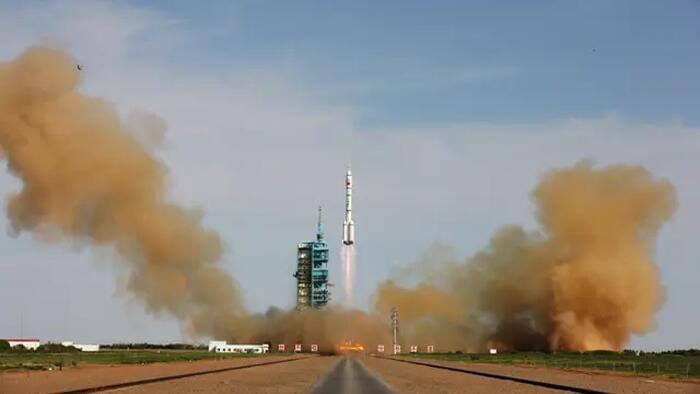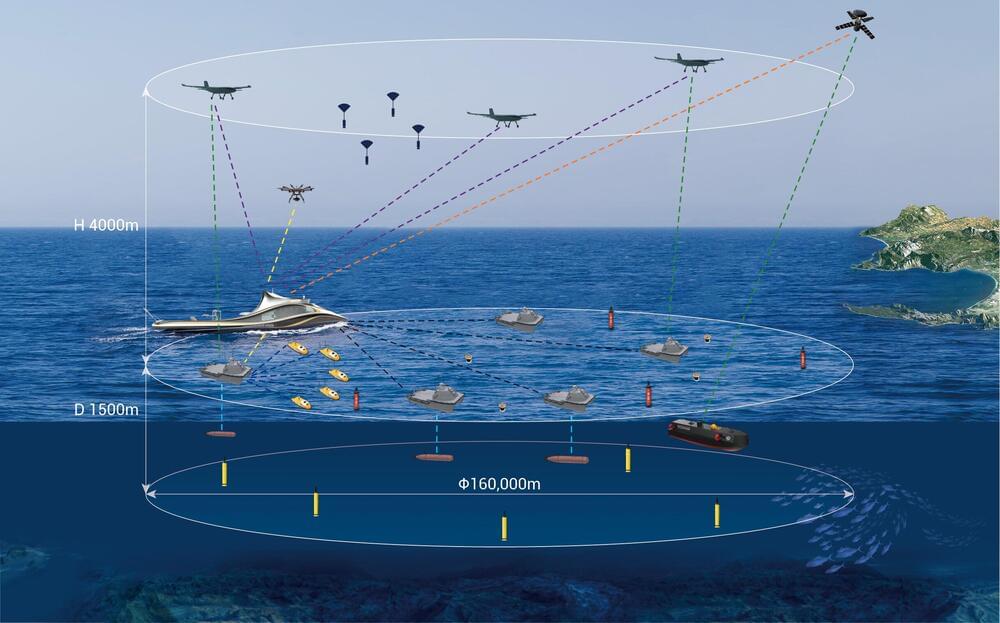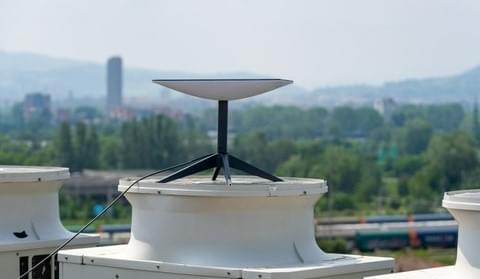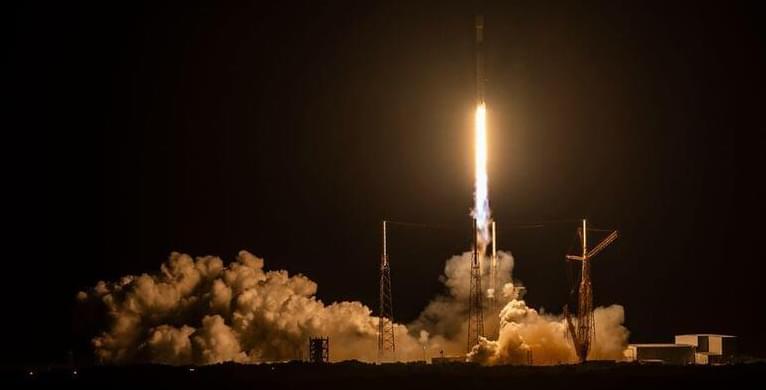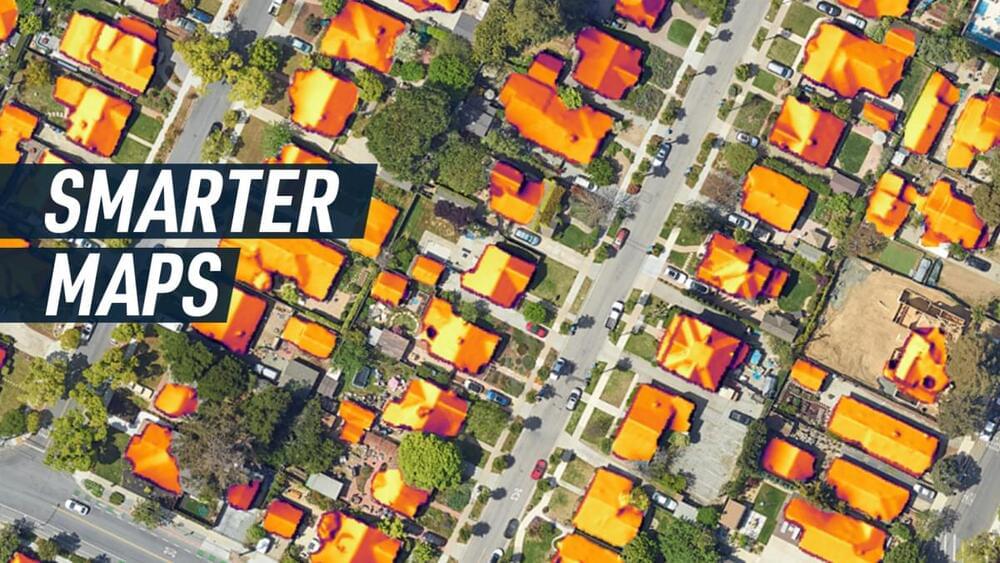Chinese scientists claim they’ve had unexpected success in developing a high-powered microwave (HPM) weapon, according to The Diplomat. The magazine notes that in January, Huang Wenhua, deputy director of China’s Northwest Institute of Nuclear Technology, was awarded for his research on directed energy, which HPM weapons use.
HPM systems are able to destroy electronic equipment, and in an age when most combat systems—from tanks to planes, radios to satellites—rely on electronics, the weapons could change the way wars are fought. Warships will be fitted with HPM weapons to intercept incoming missiles.
The HPM project, alongside other projects involving lasers and electromagnetic pulses, is part of the Chinese regime’s “Assassin’s Mace” (or “Trump Card”) program designed to defeat a technologically superior opponent by disabling or destroying the technology that makes the opponent superior.
